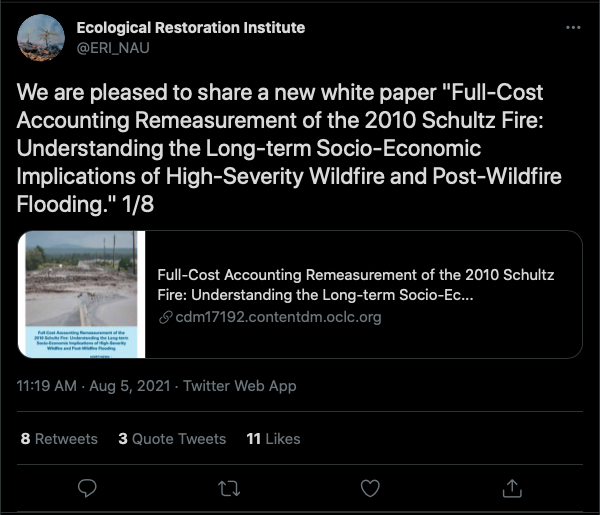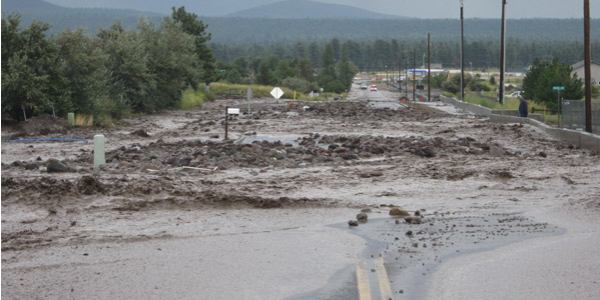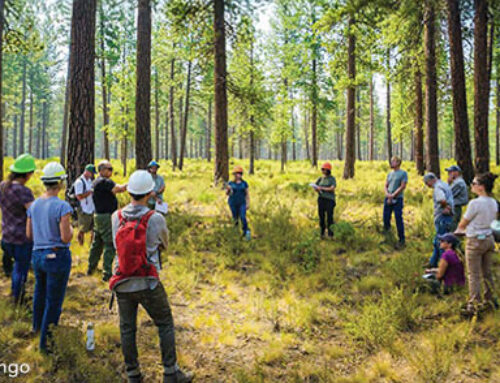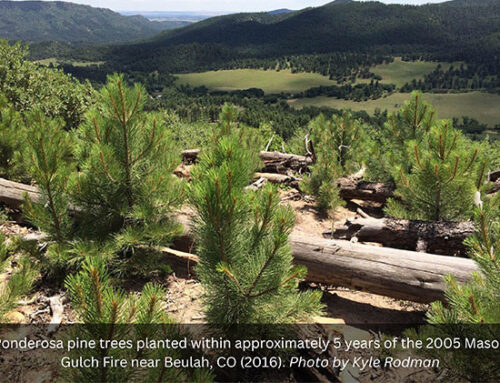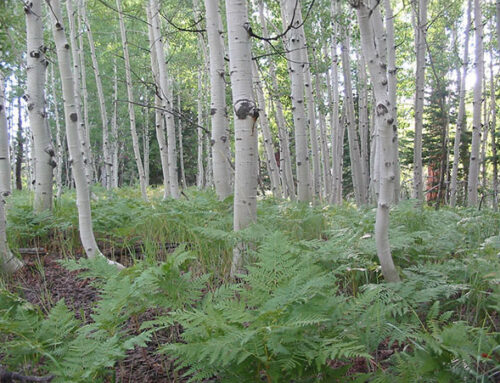Understanding the long-term socio-economic implications of high-severity wildfire and post-fire flooding
Southwestern mountain town communities like Flagstaff, Arizona are no strangers to wildfires and monsoon rains. But, a changing climate is affecting the severity of these disturbance events. When a high-severity wildfire is followed immediately by heavy monsoon rains, the results can have catastrophic effects to human lives, property and infrastructure as well as to forested ecosystems and wildlife.
When the 2010 Schultz Fire burned 15,075 acres northeast of Flagstaff, intense monsoon rains over the burned area produced heavy flooding that resulted in extensive damage to properties in neighborhoods downstream from the fire, as well as one death. In an effort to understand the long-term economic, ecological, and social effects of a major fire, a team of scientists led by the Ecological Restoration Institute conducted a full-cost analysis of the Schultz Fire ten years after the fire and flood.
The 2021 cost remeasurement builds off a 2013 study that captured initial damage over a three-year period. In the current study, the total cost of the Schultz Fire for the ten-year assessment period was conservatively estimated to be between $95.8 million and $100.7 million in 2021 dollars, including the fire and post-fire flooding response and mitigation, but excluding all losses and gains related to assessed property values.
Events like the 2010 Schultz Fire and post-fire flooding can have long-lasting effects that often go undocumented. These include long-term financial costs, but also effects that are more difficult to quantify, such as those to local ecosystem services and societal costs like community well-being. Long-term studies, such as this one, provide a unique look at the ongoing costs of a major wildfire. They allow us to understand the true scope and scale of the effects of uncharacteristic wildfire and post-fire flooding. Studies such as this can provide further justification for the importance of proactive forest restoration and fuel reduction treatments to reduce the risk of uncharacteristic wildfire to ecosystems and communities.
